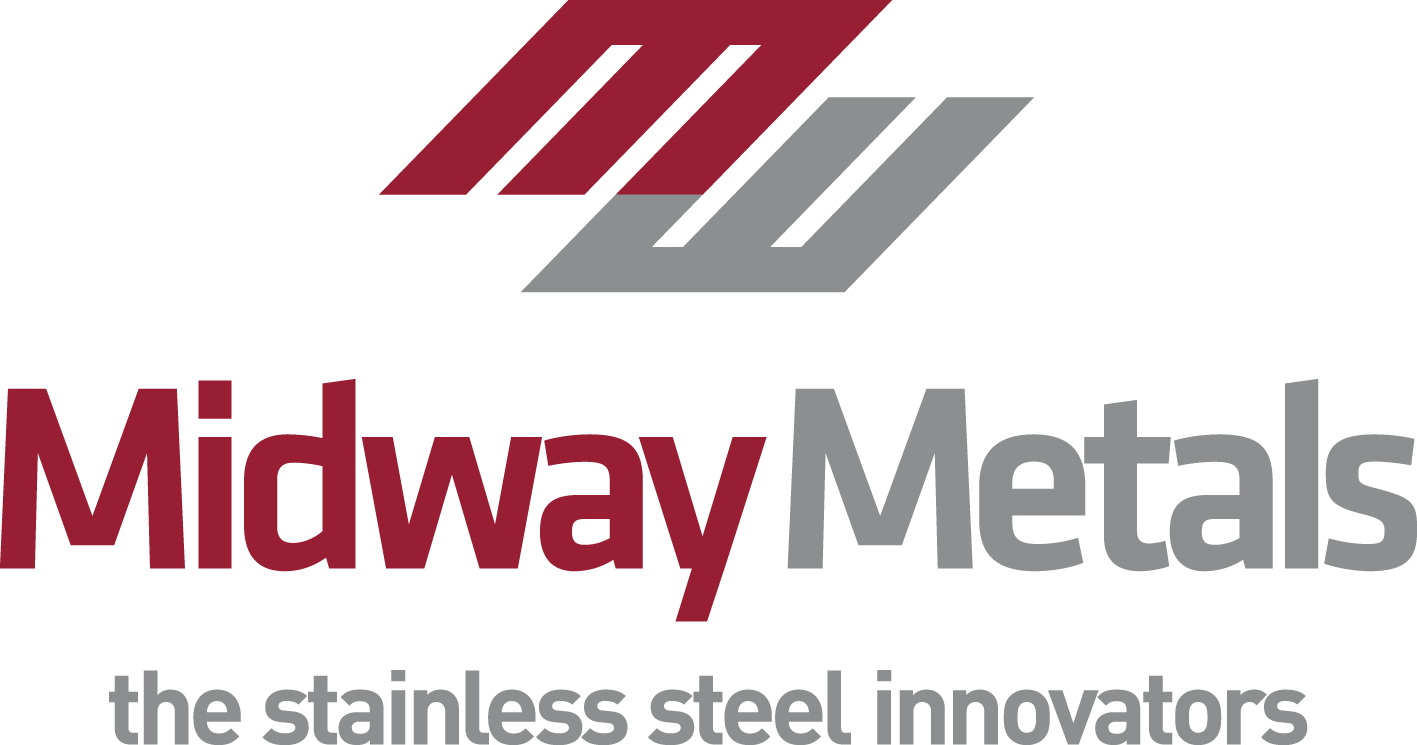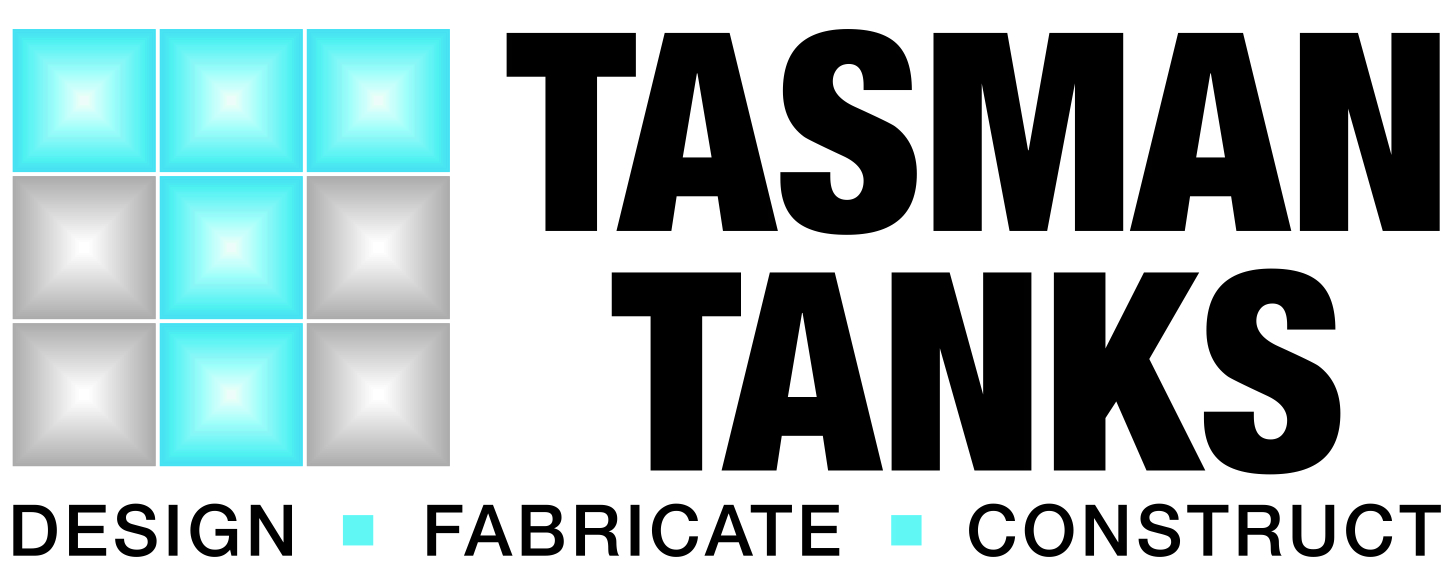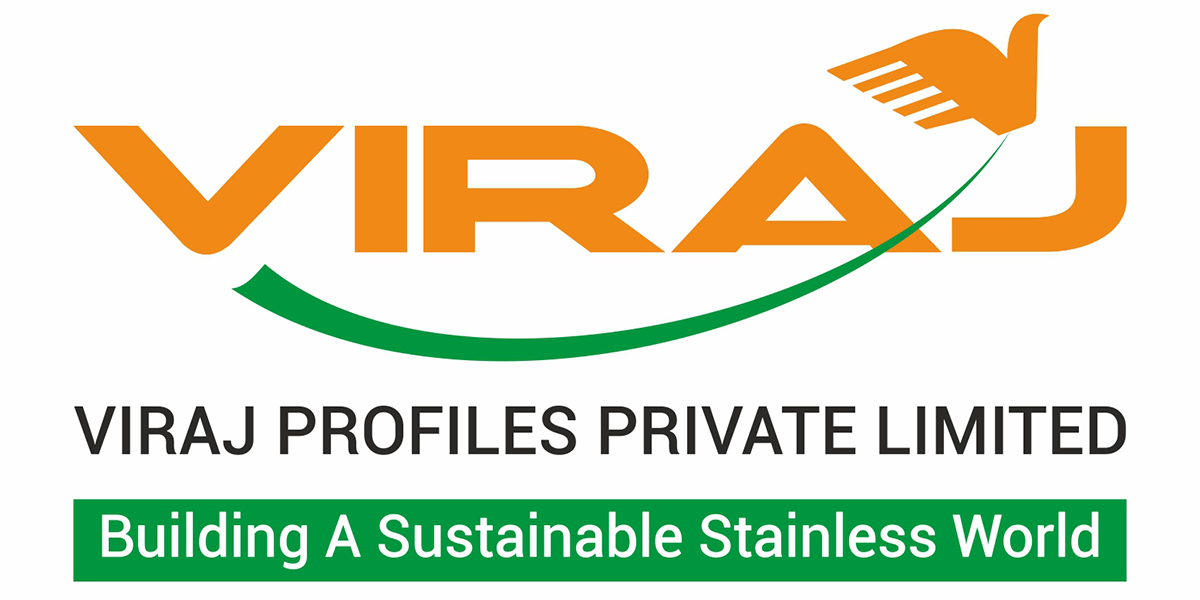As a general rule, the waste management method adopted for disposing of radioactive substances is critical. The main method of disposal is the dilution and dispersion of radioactive wastes using stainless steel equipment such as isotope flushing sinks
Last year, the University of Western Australia's School of Biomedical, Biomolecular and Chemical Sciences moved into the new $65M Molecular and Chemical Sciences building with state-of-the-art laboratories and equipment.
Generally, the materials used in biological sciences research work contain low radiotoxicity substances, however, full precautions are taken to ensure safe handling.
As part of the School of Biomedical, Biomolecular and Chemical






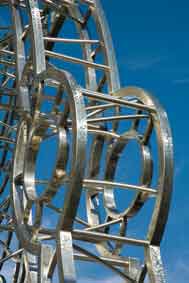 Unveiled just three days from the start of the Melbourne 2006 Commonwealth Games, the 10 sculptures are a tribute to multiculturalism.
Unveiled just three days from the start of the Melbourne 2006 Commonwealth Games, the 10 sculptures are a tribute to multiculturalism.





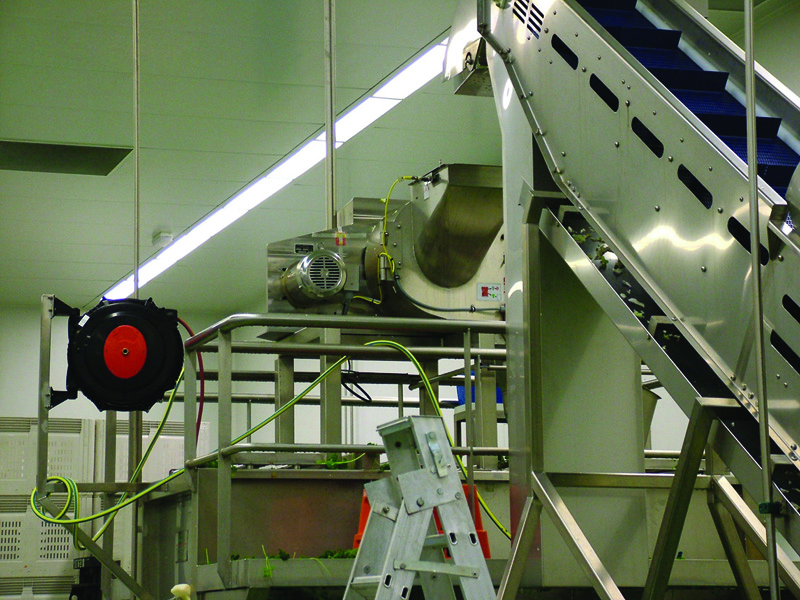 Bridgeman's Managing Director Len Webb said there was previously no system available
Bridgeman's Managing Director Len Webb said there was previously no system available



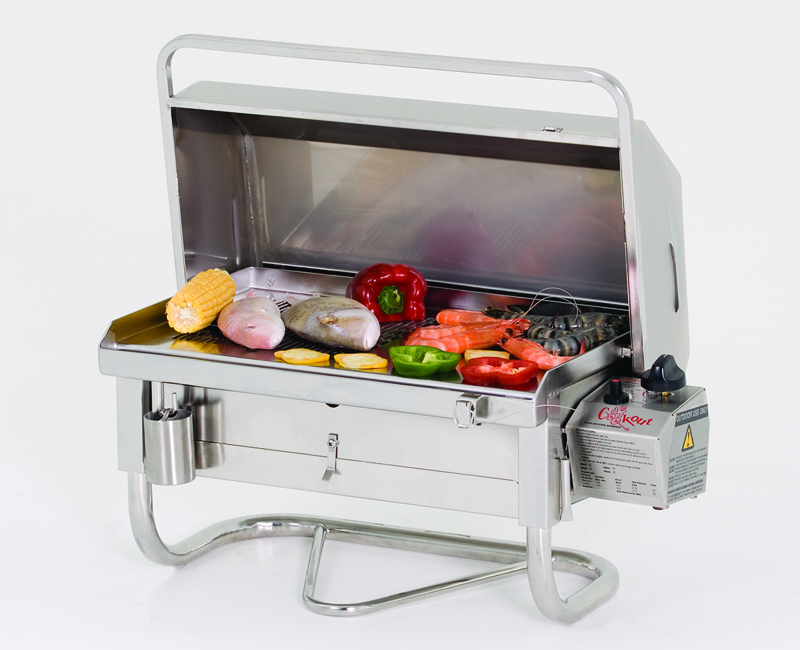 ASSDA member Southern Stainless typically specialises in the manufacture of stainless steel products including wine storage and fermentation tanks and marine fitouts, but supplying stainless steel barbeques, boat mounting systems and accessories to the general public, wholesalers, retailers and building industry
ASSDA member Southern Stainless typically specialises in the manufacture of stainless steel products including wine storage and fermentation tanks and marine fitouts, but supplying stainless steel barbeques, boat mounting systems and accessories to the general public, wholesalers, retailers and building industry


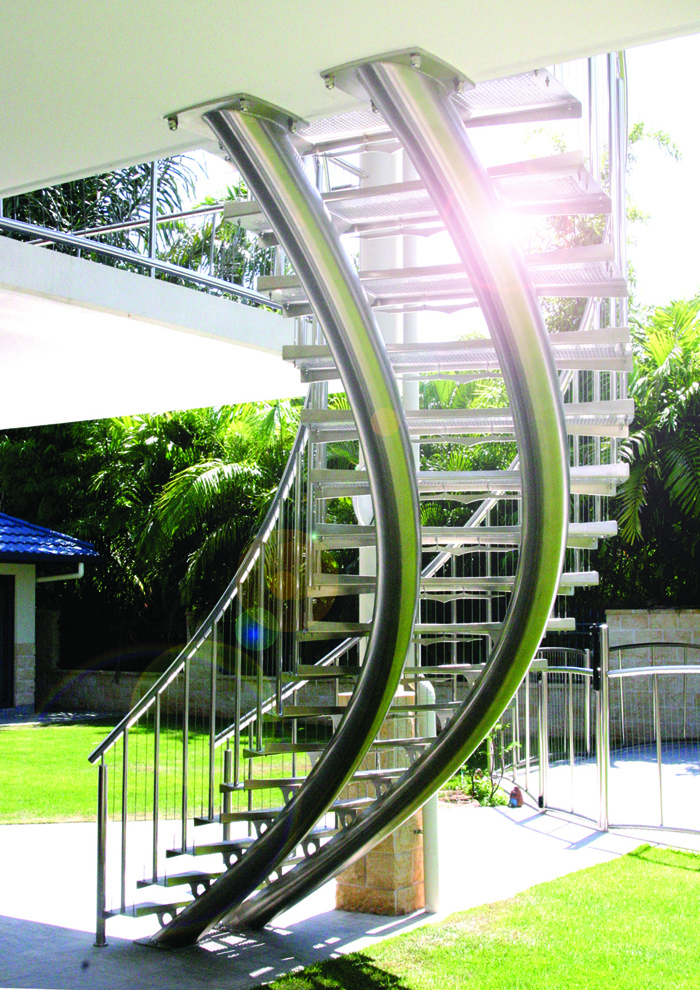 The staircase used 560 kilograms of grade 316 stainless steel supplied by Atlas Specialty Metals in Berrimah. Standing 4.5metres high and stretching out 3.5metres, the structure was built to complement the handrails around the pool area as well
The staircase used 560 kilograms of grade 316 stainless steel supplied by Atlas Specialty Metals in Berrimah. Standing 4.5metres high and stretching out 3.5metres, the structure was built to complement the handrails around the pool area as well

